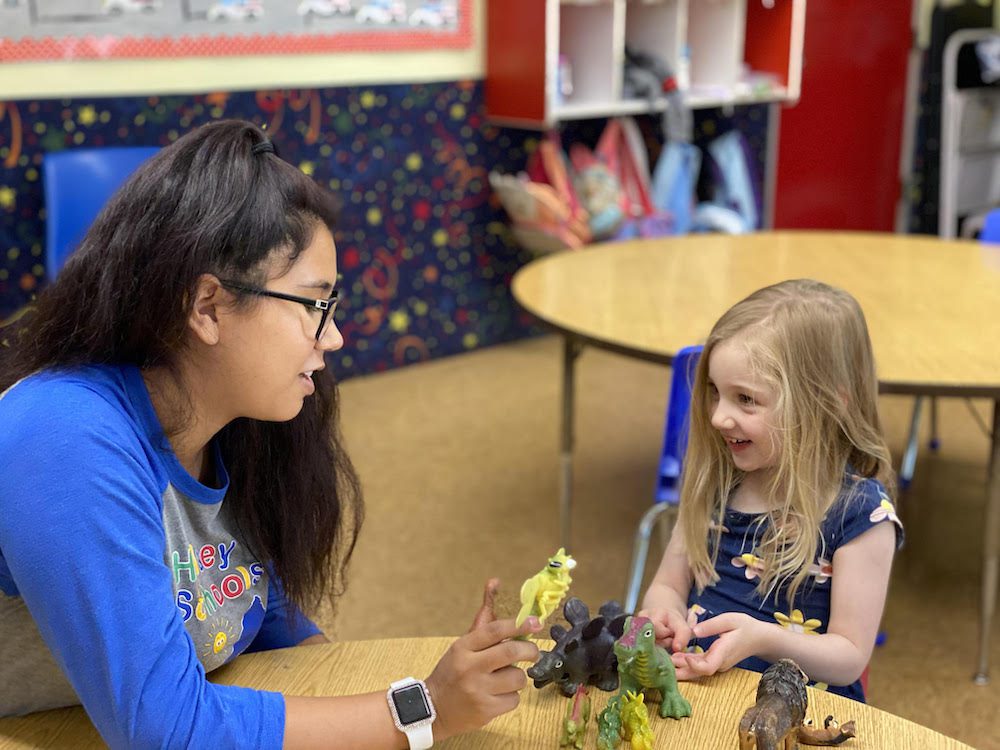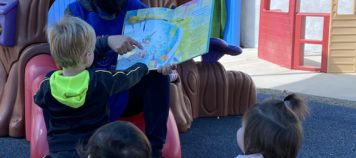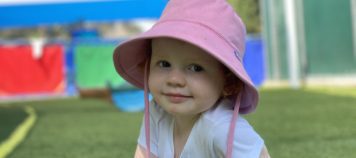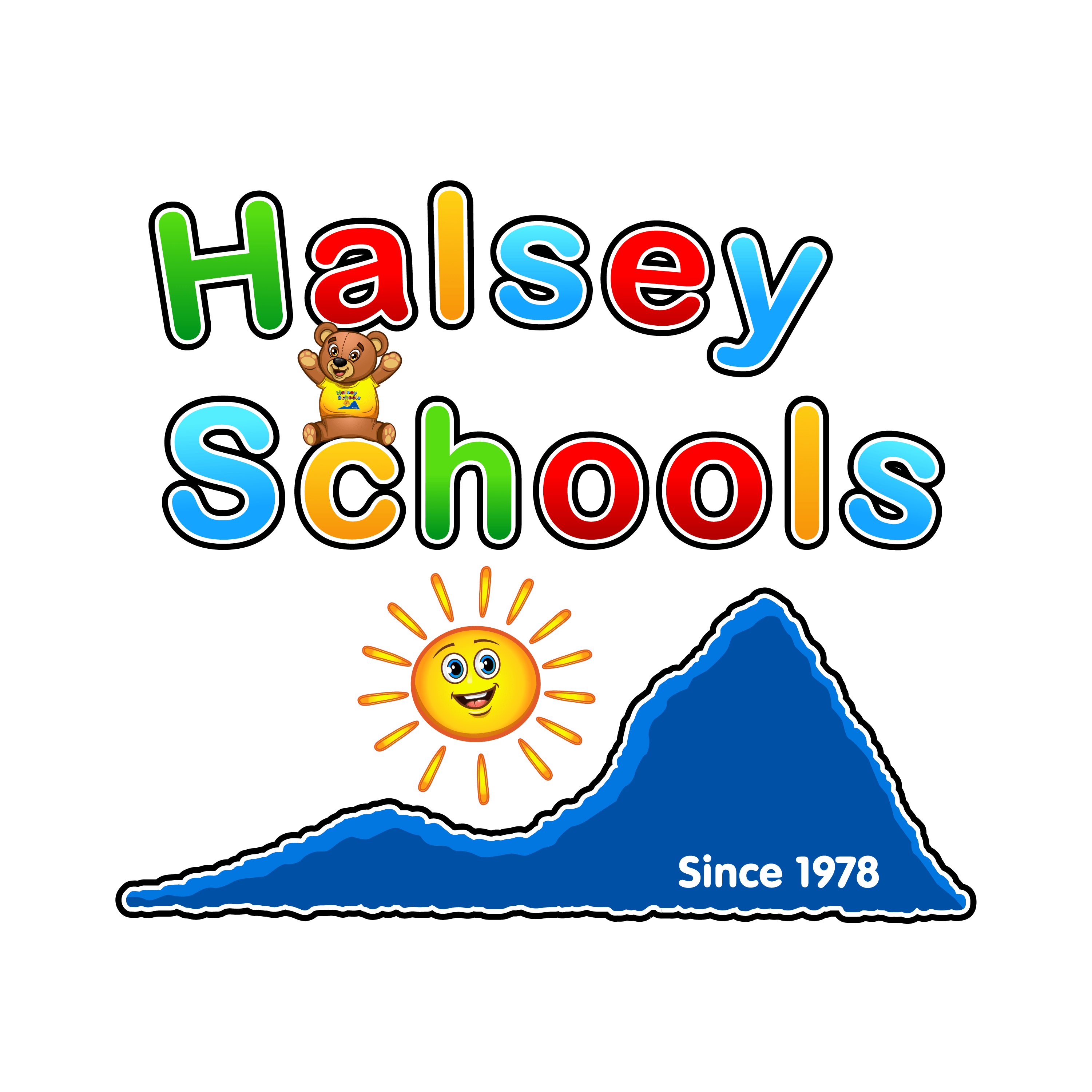What’s an open ended question?
Questions that have more than one right answer, or ones than can be answered in many ways, are called open‐ended or divergent questions. This way of asking questions stimulates more language use, acknowledges that there can be many solutions to one problem, affirms children’s ideas, and encourages creative thinking.
Open‐ended questions open up conversations
When you ask an open‐ended question, you don’t know what your child’s answer is going to be. Close‐ended questions usually limit conversation to a one or two word response, and sometimes they end the conversation. Examples:
Close‐ended question: “What color is this?”
Open‐ended question: “You used a lot of blue on your painting. What does it remind you of?”
Close‐ended question: “How many teddy bears are on the block?”
Open‐ended question: “What are those teddy bears thinking about?”
Close‐ended question: “What’s your doll’s name?”
Open‐ended question: “Your baby is so beautiful! Tell me about her.”
Children must have a high level of verbal skills to respond to open‐ended questions. Since open-ended questions have a wide‐range of possible answers, children are able to respond only if they have a fairly high level of verbal skills, vocabulary, and self‐confidence. If your child has limited verbal skills, use self-talk & parallel-talk, repetition, extension, or ask a close‐ended question.
The success of open‐ended questions depends on how you understand your child’s interest or focus. You may be used to asking questions aimed at assessing how much your child knows (about color, number, shape or alphabet) and may find it difficult at first to ask engaging questions with no right answer. Close‐ended questions usually end conversations. Open‐ended questions that are too general or unfocused may be difficult for your child to respond to and may also end the conversation.
Here’s an example: Your child has been using fingerpaint, mixing together orange, blue, and yellow. You say:
Close‐ended question:
“What colors are you using?” Child: “Orange.”
General open‐ended question:
“Tell me about what you are doing.” Child: “Mixing colors.”
Targeted open‐ended question:
“Wow! How did you get this color? What did you do first?” Child: “First I stuck my hand in the blue paint, then I stuck my other hand in the orange paint. I made the paint squeeze through my fingers. It felt yucky. Then it started changing colors!”
Open‐ended questions that are challenging can develop your child’s thinking skills: Challenging children by posing thought‐provoking, open‐ended questions that are rich and clear can stimulate and push at the edges of your child’s development. These questions are often expressed in conditional form “What will happen if you…?”
Types of open‐ended questions that are challenging include:
- Making predictions ‐ What do you think will happen if you keep adding blocks to your tower?
- Stretching thinking ‐ What would happen if there were no cars, trucks, buses, planes, or boats? How would we get around?
- Considering consequences ‐ What would happen if you left your drawing outside and it rained?
- Assessing feelings ‐ How would you feel if that happened to you? How do you think Juan feels?
- Thinking about similarities and differences ‐ How are these two blocks the same? What makes these things go together?
- Applying knowledge to solve a problem ‐ What could you do to keep the paint from dripping on the floor?
- Evaluating ‐ What made you decide to pick this book to read? How did this make you feel?
Try using these open ended questions with your preschoolers at home to get started:
|
Tell me about… |
What do you think would happen if… |
Adapted from Preschool for All, San Francisco First Five (first5sf.org)
- Happy Times November 2024 - October 29, 2024
- Ms. Tiffany - September 27, 2024
- Happy Times October 2024 - September 27, 2024







